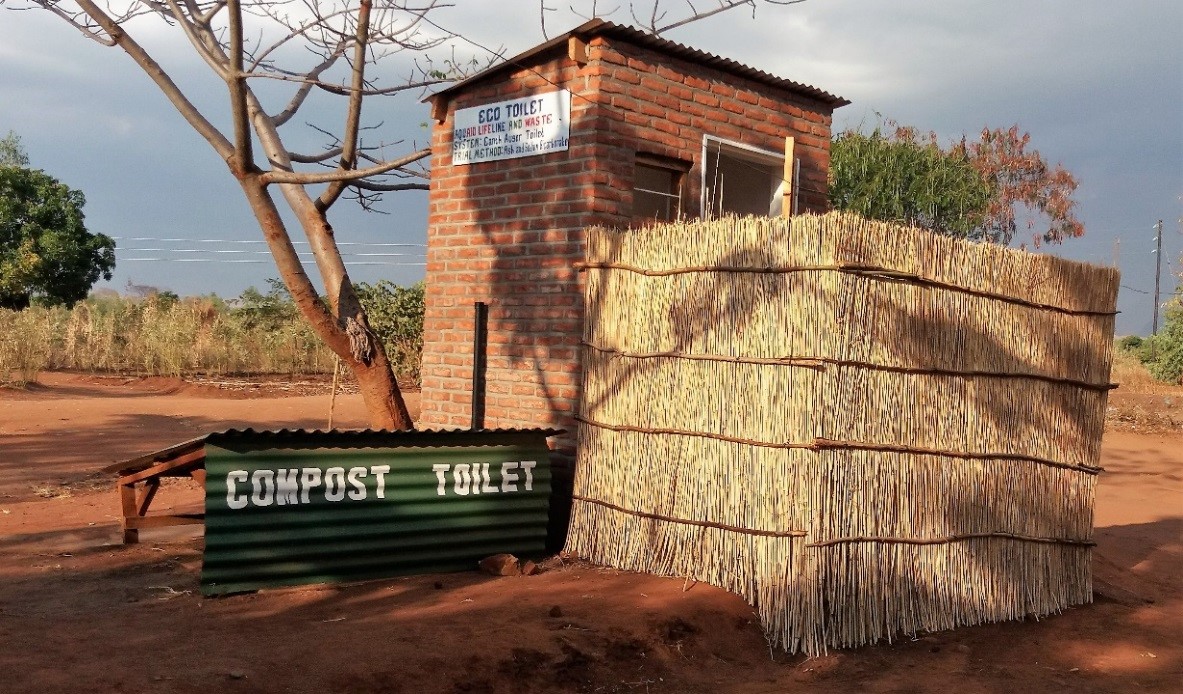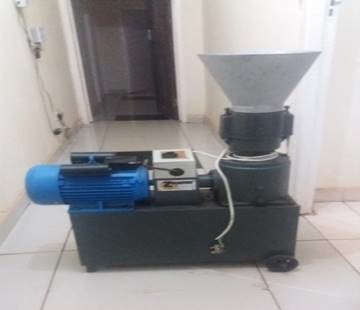Background
On site treatment has the potential to reduce or even eliminate the need for sludge transport. A number of technologies are available for onsite treatment. While field trials of this technology have been carried out, it was unknown how the use of chemical additives would affect their performance.
Work Carried out in Phase 2
Two Loowatt toilets were trialed to test the acceptability, appropriateness and on-site treatment capacity when installed in raised latrines. The Loowatt toilets were tested at Fount of Victory Church during the days the church had services, with a range of users between 100 to 500 users per day. The church usually had the main services on Thursday evening and Sunday afternoon. Faecal sludge collecting tanks were emptied weekly or more often depending on the frequency of users at the church.
The toilets were applied with Urea at the plastic bag that collected the faecal sludge. No mixing process was applied. The Loowatt toilets were mounted on a raised latrine that was manufactured locally with the use of metal sheets

Loowatt Raised Latrines tested at Fount of Victory Church in Blantyre
Four earth auger units were tested at Namisu Orphanage in Blantyre with users ranging from 10 to 20 users per day. The first unit was set as a control unit where ash was used to enhance the decomposition of faecal matter and in the other three units ash was combined with lime, urea and caustic soda. Each unit was used from 10 to 20 people per day.

Earth Auger Toielts at Namisu Orphanage in Blantyre
In addition to the two onsite treatment toilet units, the team also tested a pelletizer as post treatment of faecal sludge. The unit was procured and tested in Blantyre with compost manure.

Unpelletized Compost Manure (left) and Pelletized Compost (right)
To produce the pellets, the material being pelletized is moisturised and then put into the pelletizer after making sure that all stones and metals are removed. The produced pellets are tested for microorganisms and chemicals to make sure that they are safe to use. Some of the chemical tested include the levels of Potassium, Nitrate and Nitrite Nitrogen and phosphorous. In microbial analysis, E. coli, Enterococcus and Salmonella are analysed.

The pelletizer
Results
As with the chemical treatment workstream, the contents of the onsite solutions were tested for a number of parameters. Although there was a 40% reduction of pathogen concentration in the Loowatt toilets after one week of treatment process, it was not enough to reach the limits recommended by WHO guideline. Furthermore, there was no significant reduction in the concentration of organic matter. Consequently, the faecal sludge collected on the plastic bags of the Loowatt toilets could not be stabilized.
On the four earth auger units tested a reduction on pathogen concentration in all units was identified. In two units (control and lime) pathogens could not be identified after one week of treatment. In the units where caustic soda and urea were applied, the pathogen reduction was not enough to reach the recommended limits. The samples analysed reached the organic matter reduction required to identify the sludge as stable in all four units tested. Additionally, no flies and odour were identified.
Treatment effectiveness of the pelletizer was unclear. However, in terms of marketing, clients were willing to pay 50% more for compost when it was pelletised. This margin was due to presentability and ease of transport. This may not be a long-term solution as the pellets will not perform better than pure compost. This will reduce the farmer’s already small profit margins and they will only buy the product once. It was also felt that the maintenance and operational cost of this machine will struggle to justify the value created. The grinding wheels required replacement and other pieces needed repair after the unit produced only about 300kgs. Faecal sludge treatment will really struggle with a small machine like this one, particularly when more sand and stone are present than in compost.
Next Steps
We aim to see if an earth auger toilet can be used in an emergency setting, such as a refugee camp welcome centre. We need partnership to find suitable field locations for this work. Please contact william.carter@ifrc.org